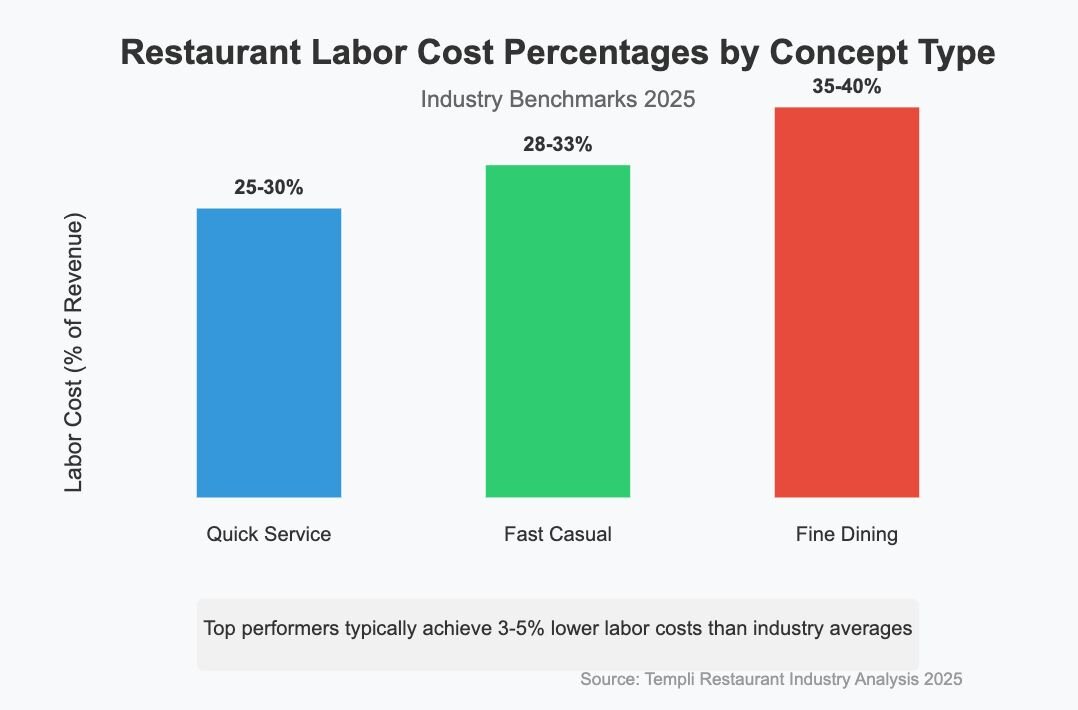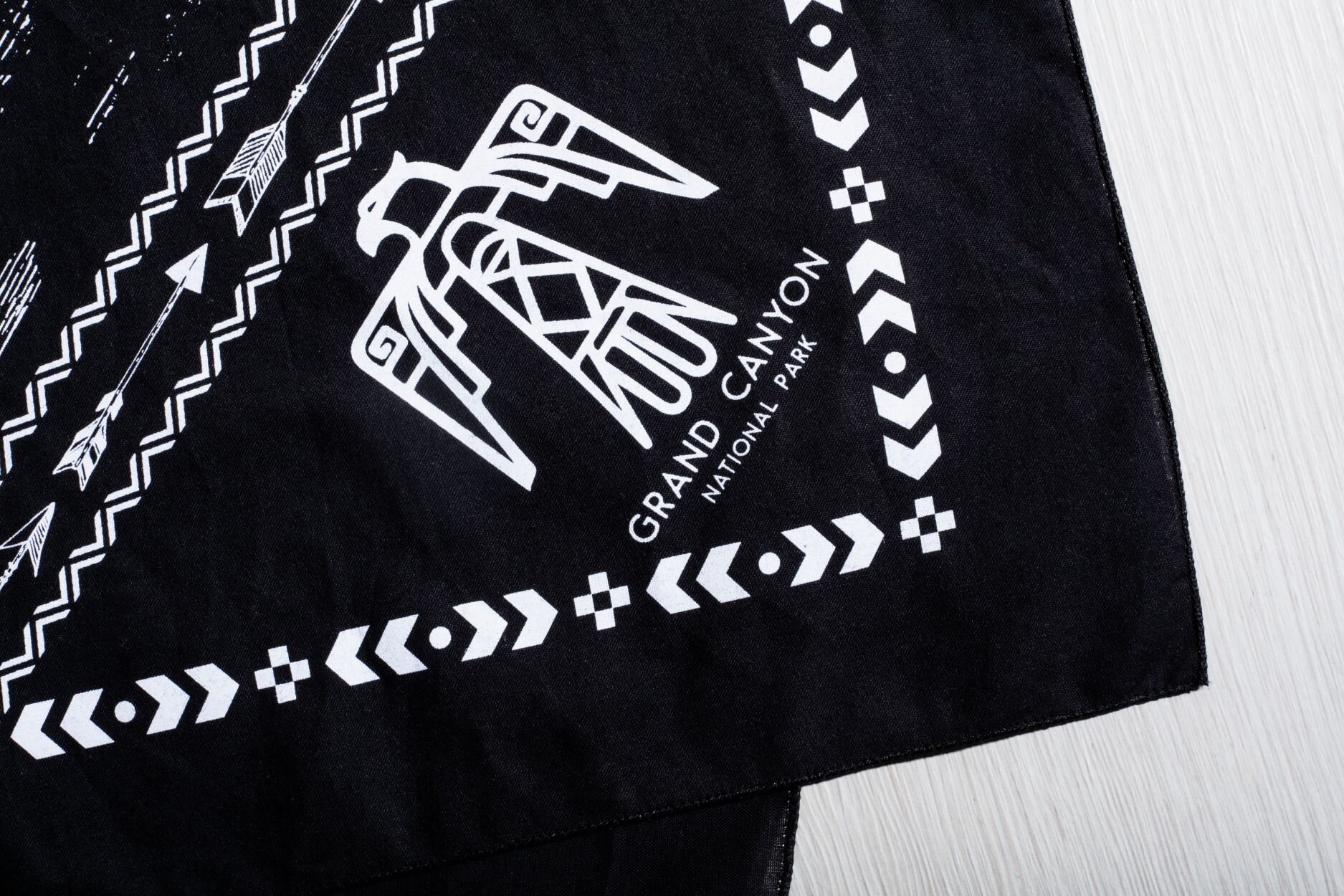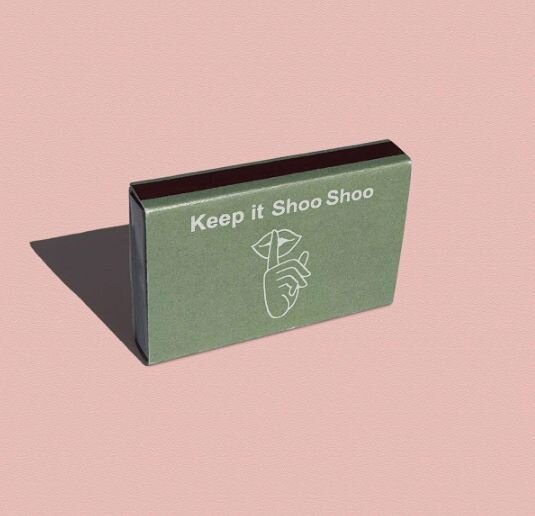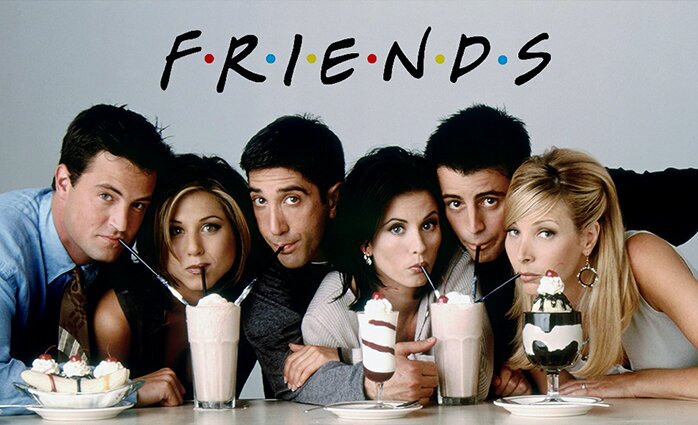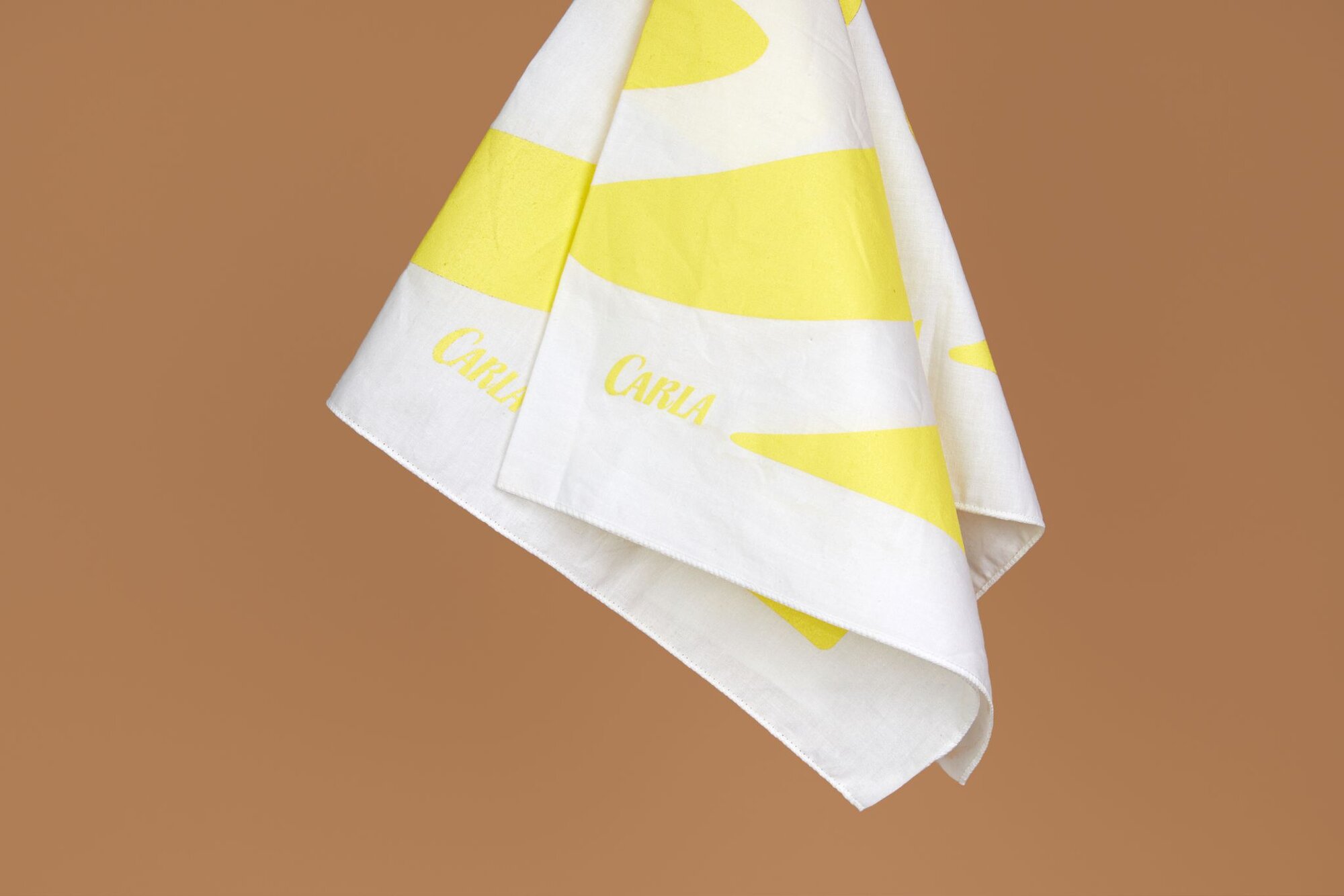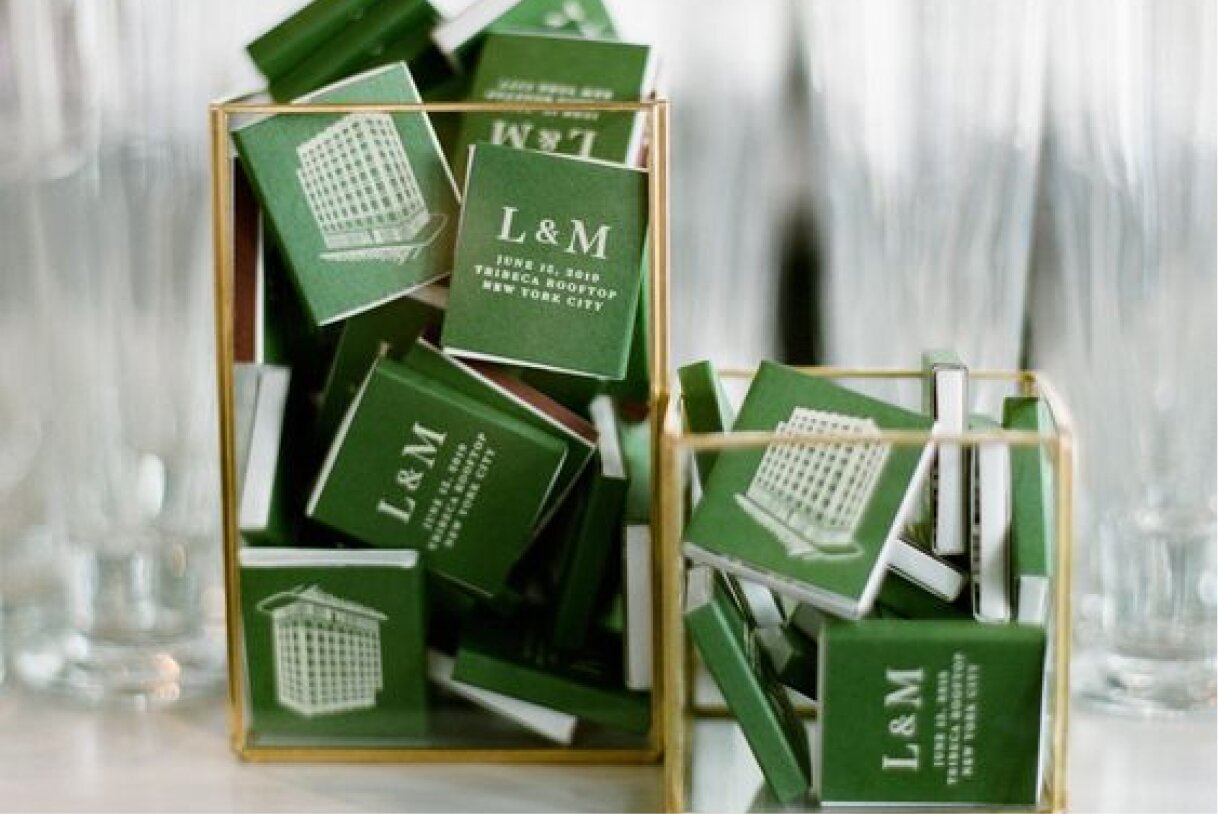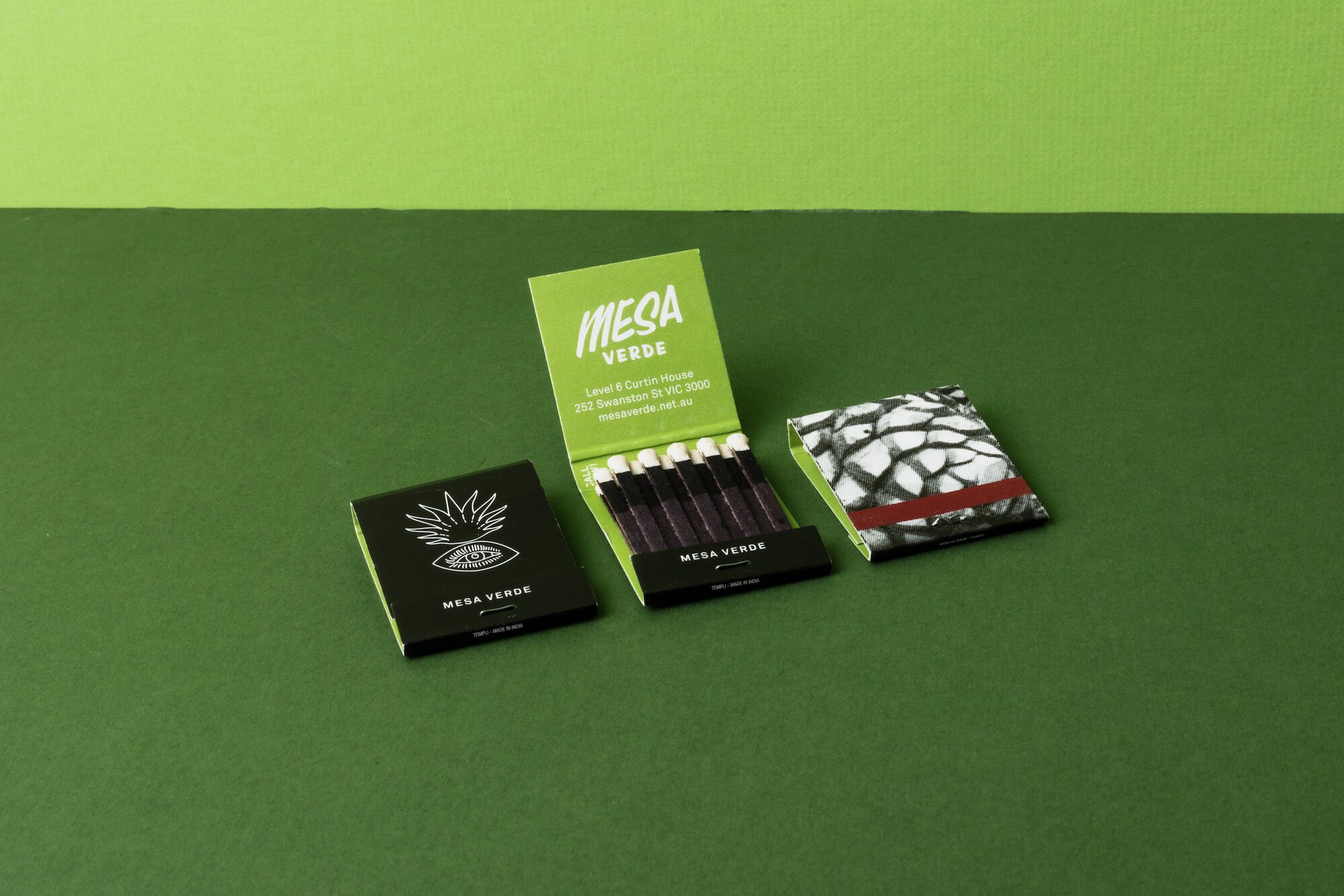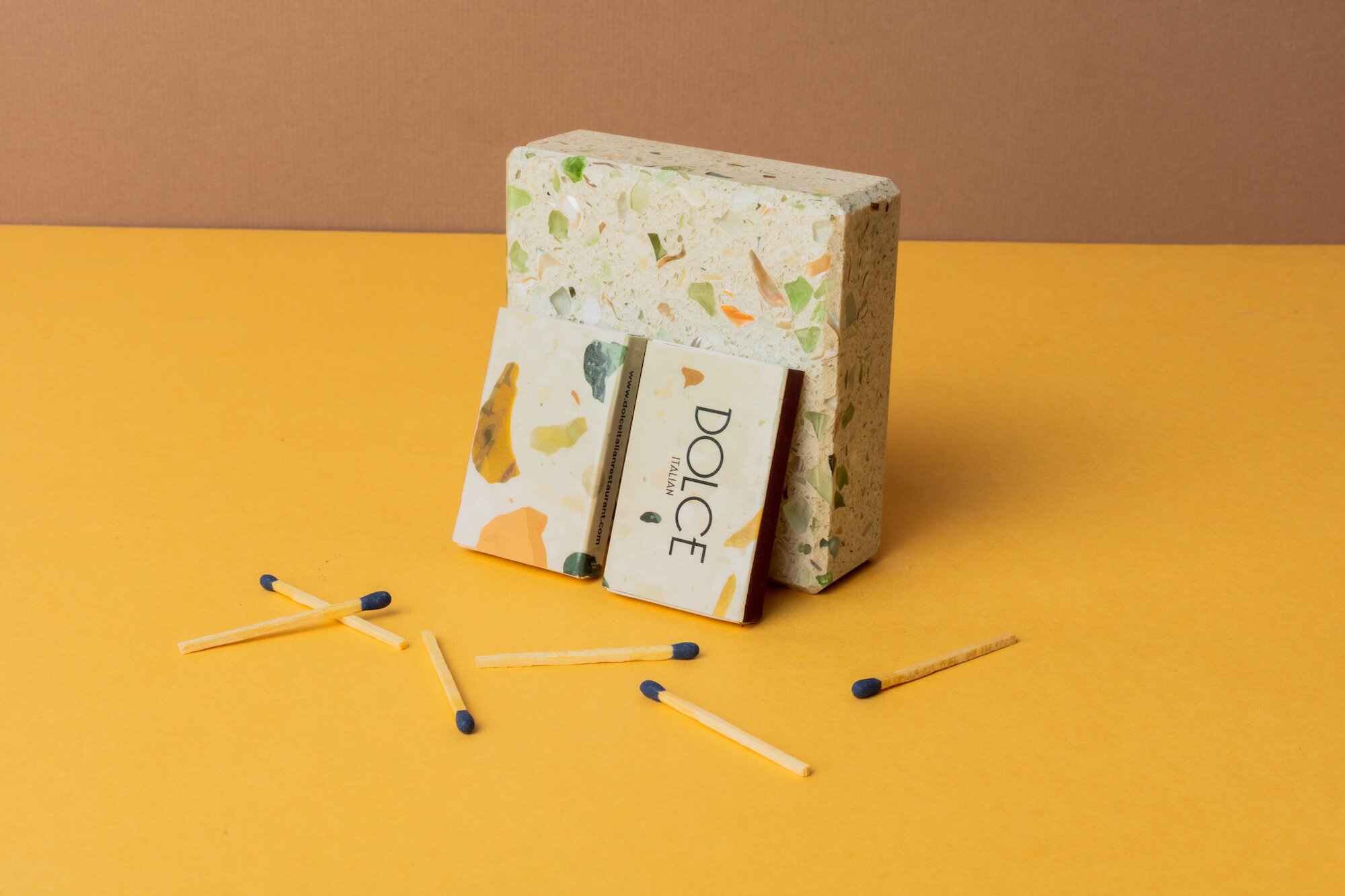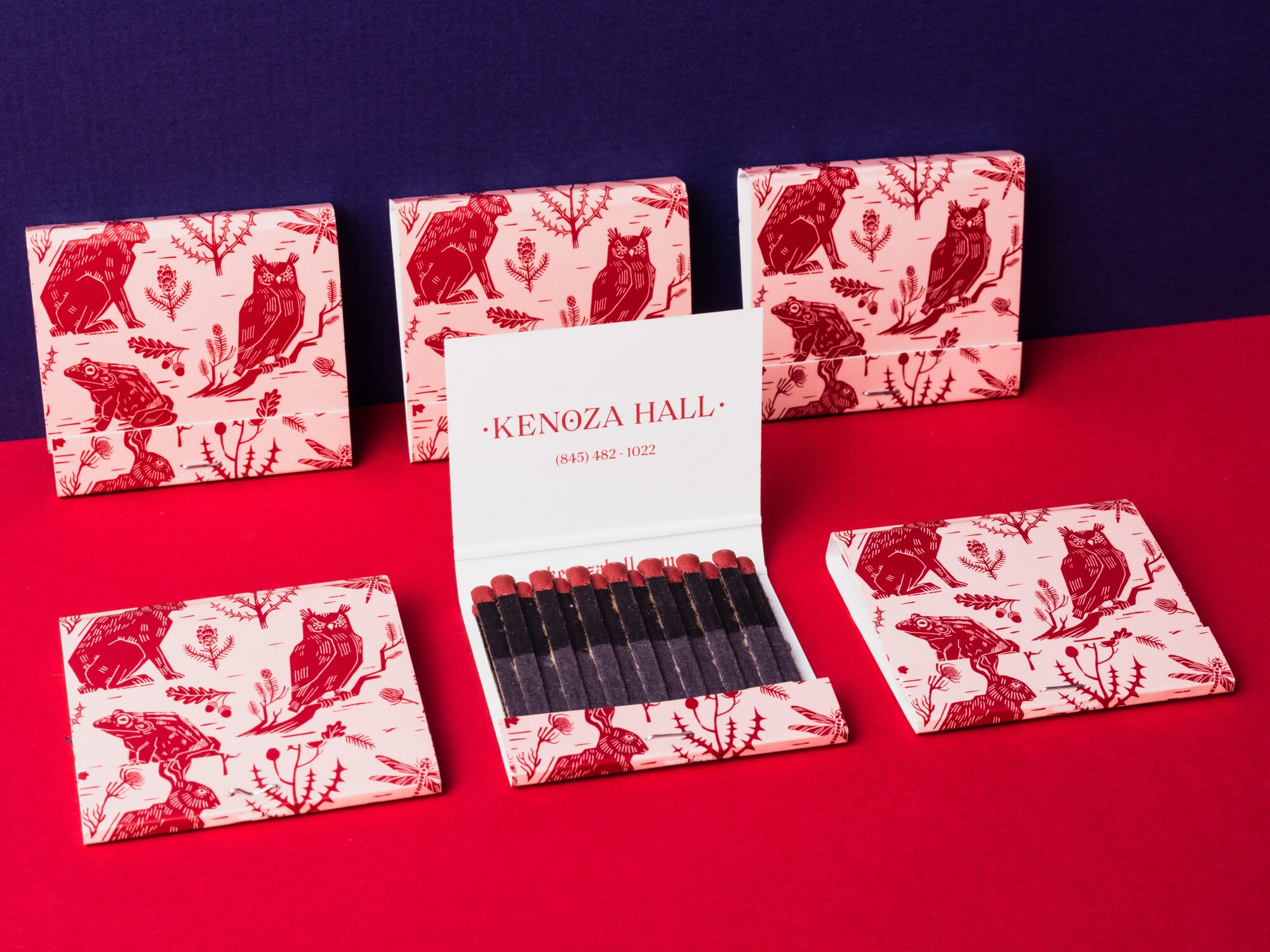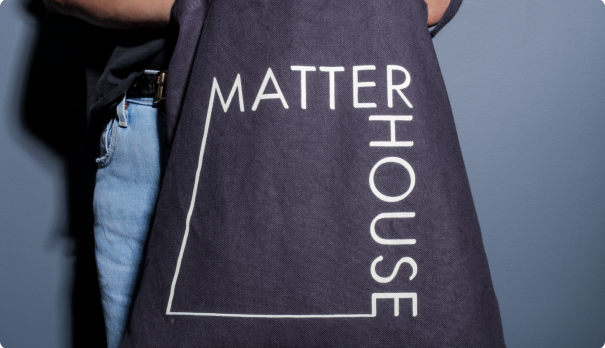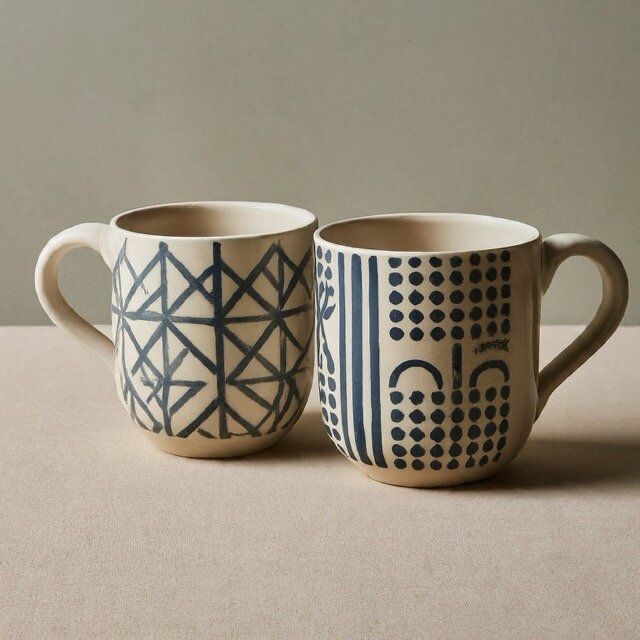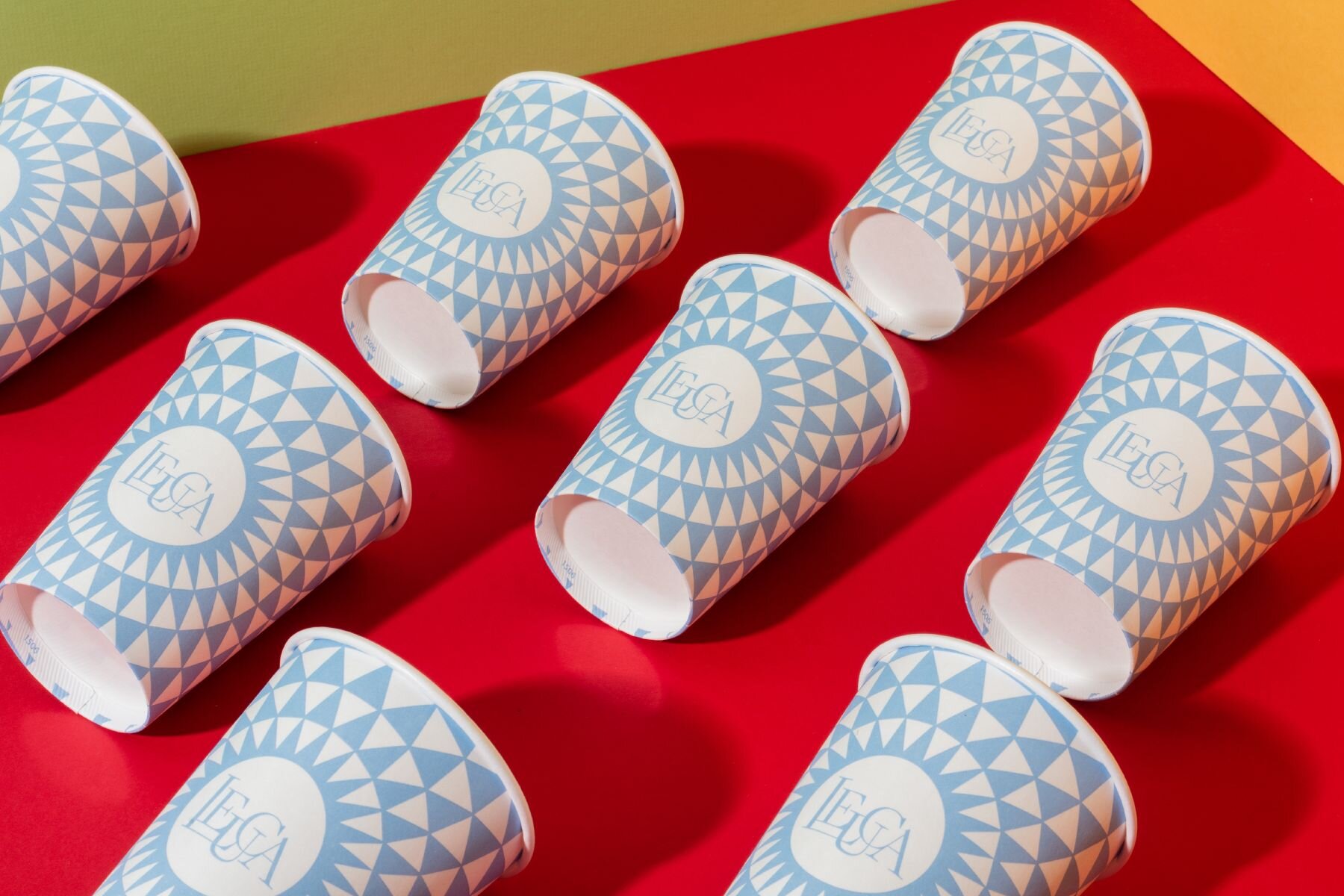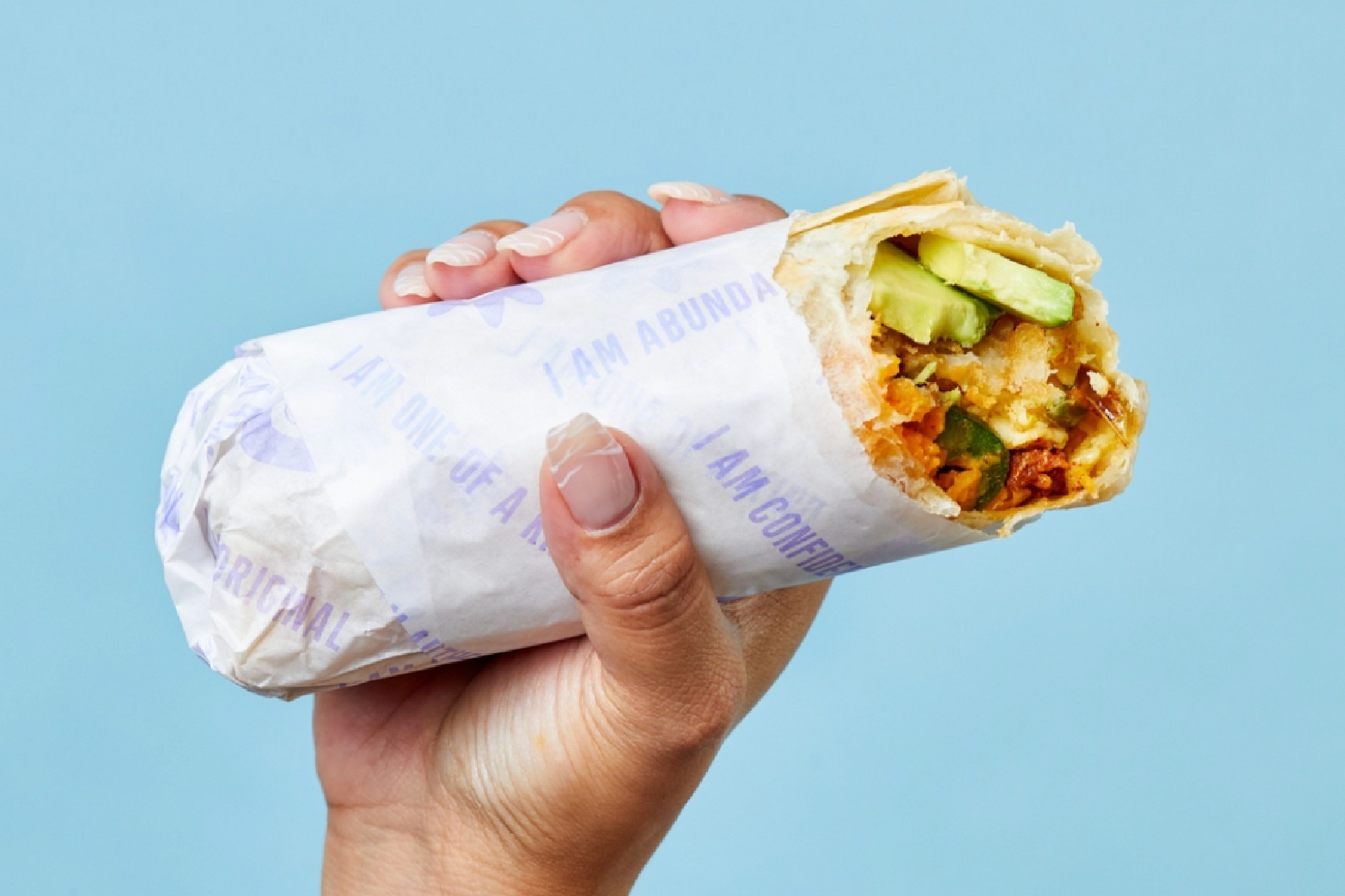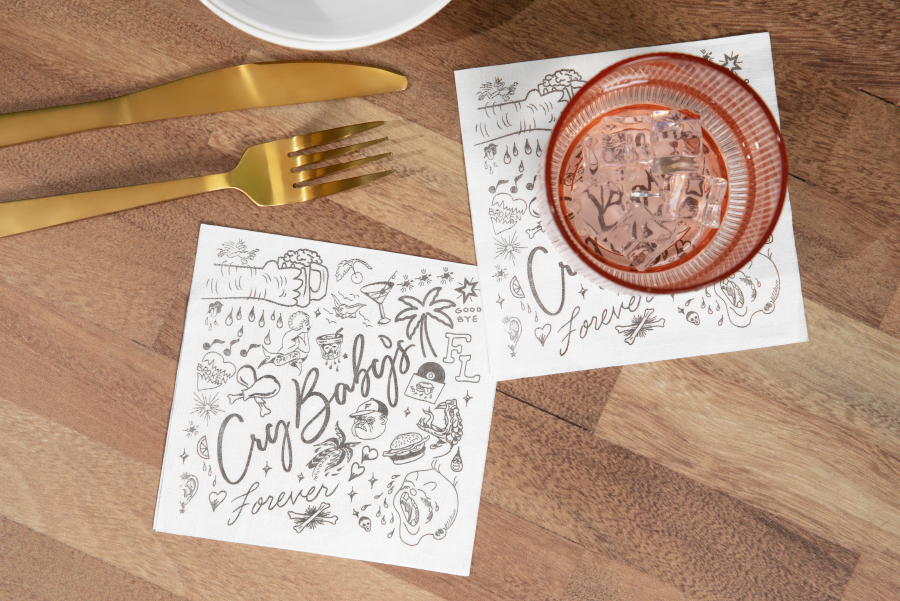Hex, RGB, CMYK...What The Hex!?
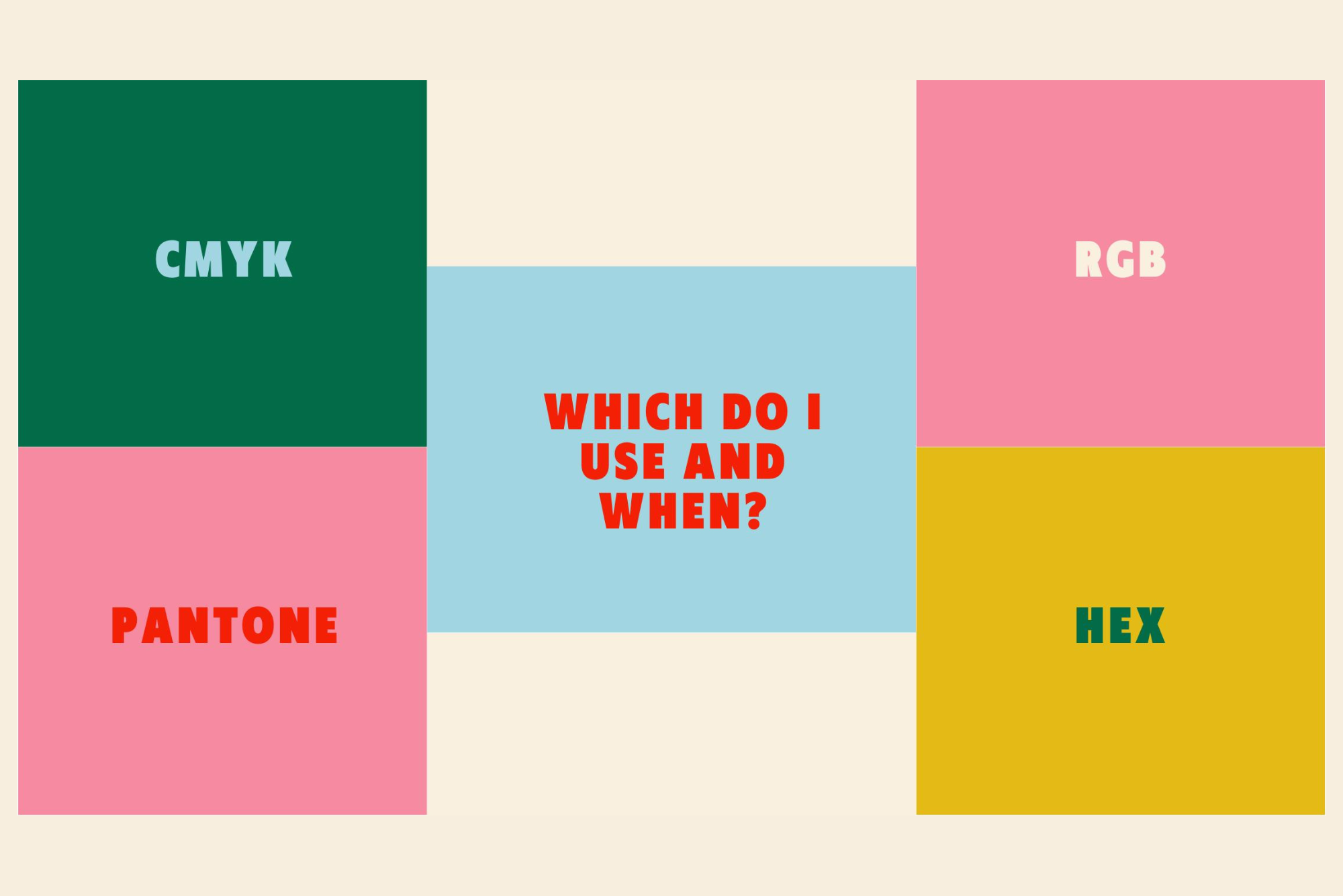
Between PMS, CMYK, HEX, and RGB, it can feel like you’re reciting the alphabet and it can all get confusing quickly. Where Pantone and CMYK are for printed materials, HEX Codes and RGB Codes are both ways to represent colors digitally, by using different number systems.
Below is a quick breakdown:
HEX Code: Never for print
(short for hexadecimal) only for referencing color on a digital screen. More popular today. The most popular color reference for web design. A must have for every brand color.
RGB Values: Never for print
(Red, Green and Blue) only for referencing color on a digital screen. More popular in the past. Has since been largely replaced by HEX values.
CMYK: Only for print
Used for referencing color when printing in ‘full color’, using with digital and wide format printing or whenever you have a lot of colors in a design.
Pantone: Only for print
Used for printing in ‘spot colors’ when you need to have an exact color match in print or packaging. A must have for every brand color.
Keep in mind, when creating a color guide for your brand identity - you will want to have all the above color references for each of your brand colors. This way no matter what the production requirement is, web or print, you maintain color consistency and communication with everyone involved between your designers, factories, and suppliers. Just allow yourself to be flexible in understanding that producing the ‘same color’ on screen and print will result in slight variations of that color. And that printing in CMYK and Pantone will also result in slight variations of the same color.
